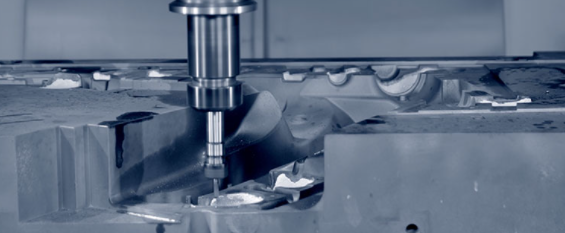Cast aluminum is susceptible to oxidation and absorption. To prevent agitation, the gating system must let the aluminum liquid flow rapidly and steadily. During operation, a wide variety of casting techniques may be used. Here we talk about the gravity casting method of aluminum alloy.

Aluminum Alloy Casting Using The Gravity Casting Technique
Sand casting is appropriate for low-volume manufacturing, and fine sand should be utilized for the molding process. Special casting is used for high-volume production of critical castings. Efficiency and quality in metal mold casting are both excellent. Water-resistant die castings that need a high density may be cast with low pressure, and thin-walled intricate miniature parts can be produced using die casting.
Clay and a proper quantity of water level molding sand are the major binders used in aluminum casting. Once the sand mold has been created in the course of the process, the wet sand is used to form the mold and pour the material. Casting using a wet mold has been around for a long time and is still often used today. Clay slurry, a mixture of clay and water, is what gives green aluminum alloy casting sand its durability. The strength of the molding sand is determined after it has been blended. After being pressed into a sand mold, it may be poured and shaped to perfection. Because of this, the percentage of clay and moisture content in molding sand are crucial technical considerations.
Making use of both the molding sand and core sand from an aluminum casting to create a mold, then pouring molten metal into the mold as it hangs upside down. Sand casting can produce castings from steel, iron, and most non-ferrous alloys. Sand casting is versatile in that it may be used for making one-off pieces, small batches, or large quantities all at once since the molds are so easily made. It’s been the backbone of the casting industry for decades.
Cast aluminum alloy is highly chosen by consumers due to its many benefits, which include its aesthetic appeal, portability, and resistance to corrosion. Aluminum alloy castings have found widespread application in the automotive sector as a result of the industry’s emphasis on lightweight construction.
When making aluminum alloy castings using the gravity casting process, the metal mold must be heated to a certain temperature before both painting and casting.
Gravity castings made from aluminum alloys have the following qualities:
1. As a result of shot blasting, the product’s surface has a poor quality and pits may easily be created.
2. The aluminum casting has minimal air pores, allowing for heat treatment.
3. The product has low compactness, moderate strength, and high elongation, but poor compactness and weak strength.
4. The die has a lengthy life cycle and a minimal initial investment.
5. The poor manufacturing efficiency contributes to higher production costs.
6. The procedure is straightforward, but it isn’t a good fit for making components with a thin wall.
7. A low-flow aluminum alloy is an option.
The thickness of the workpiece’s walls is a primary consideration when deciding on a manufacturing method. Since die casting results in many air holes in walls thicker than 8 mm, gravity casting is the only viable option for producing such goods.

